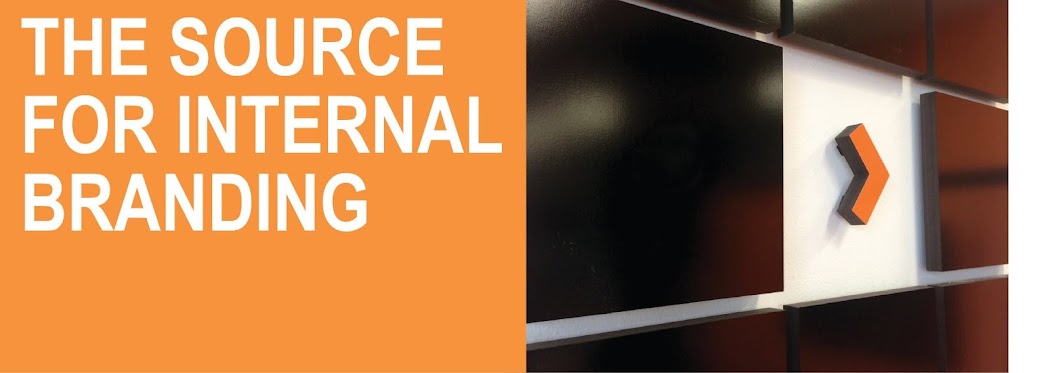Here is our second installment on Internal Branding/Employee Engagement. In our last email, we discussed internal branding by simplifying the complexity of the theory into; 1) an easy to follow model called Inward's Internal Communications Model, 2) followed by Inward's Internal Dialogue Marketing™ Framework, and 3) operationizing the framework into an action/delivery process called Inward's Brand Alignment Process.
In this email we will focus on Inward's Internal Communications Model specifically.
- The model recognizes that effective communications and change requires a sequential order - funneling through the hierarchy of effects which informs employees, educates them regarding how well they personally understand the consequences of the brand, gaining their commitment to adopt the brand into their attitudes/opinions, and finally to be recognized and rewarded for outstanding performance aligned with brand values and behavior.
- Secondly, these steps must correspond with a variety of cause/effect related and sequential tactical media and programs, such as broadcast corporate messages, training and workshops, peer-to-peer recognition and HR appraisal systems aligned with the brand values and, finally, rewards for living the brand values and adapting new behavior. Each tactic builds on the previous step to achieve greater personal relevancy.
- Thirdly, as employees filter through a media hierarchy funnel towards recognition and reward, there must be correspondent message architectures (Hierarchy of Relevance) that inspires the employee with personal relevant messages, delivered in such a way that it becomes valuable in their lives and daily behavior. This is often referred to as "WIIFM" (What's in it for me?) This is achieved through a message architecture process, whereby we create highly relevant/valuable corporate messages - why is the company doing this? Next comes a highly relevant individual message delivered from the local level --why is this internal branding important for me as an employee? Finally, an individual message given by the manager or supervisor to their employee that conveys what new behavior or attributes the employee must embrace in order for them to adopt new behavior - what does the company want the employee to do differently as a result of this new internal brand knowledge, and how will the employee be rewarded?
- Fourth, to round the model out, we recommend that when speaking at the value level, communications should come from corporate and be distributed in a common fashion company-wide. When distributing the message at the regional or local level or segmented employee level, the message should be at the benefit level and address their segment's needs. Finally, when speaking to an individual one-on-one or in small groups at the attribute level, the message should come from their direct supervisor or office/store manager/HR. No matter what the message is, or the form it is communicated in, there should be continuity of look, feel, tone and manner to convey one vision, a common purpose and one set of brand values and behavior.
This sequential order contributes to employee engagements and higher productivity and support for major corporate-wide strategic change to adopt new behavior.
If you would like to discuss the model in greater detail, please let me know and I would be very happy to walk you through the steps and make it relevant to your company.
In our next email, you will receive and spot light on making the model practical with Inward's Internal Dialogue Marketing™ Framework - making the model come to life.
We hope you are enjoying the series and encourage you to save the emails and forward them to your friends and colleagues.
Sincerely,
Allan Steinmetz
CEO & Founder
Inward Strategic Consulting
asteinmetz@inwardconsulting.com
617-558-9770
